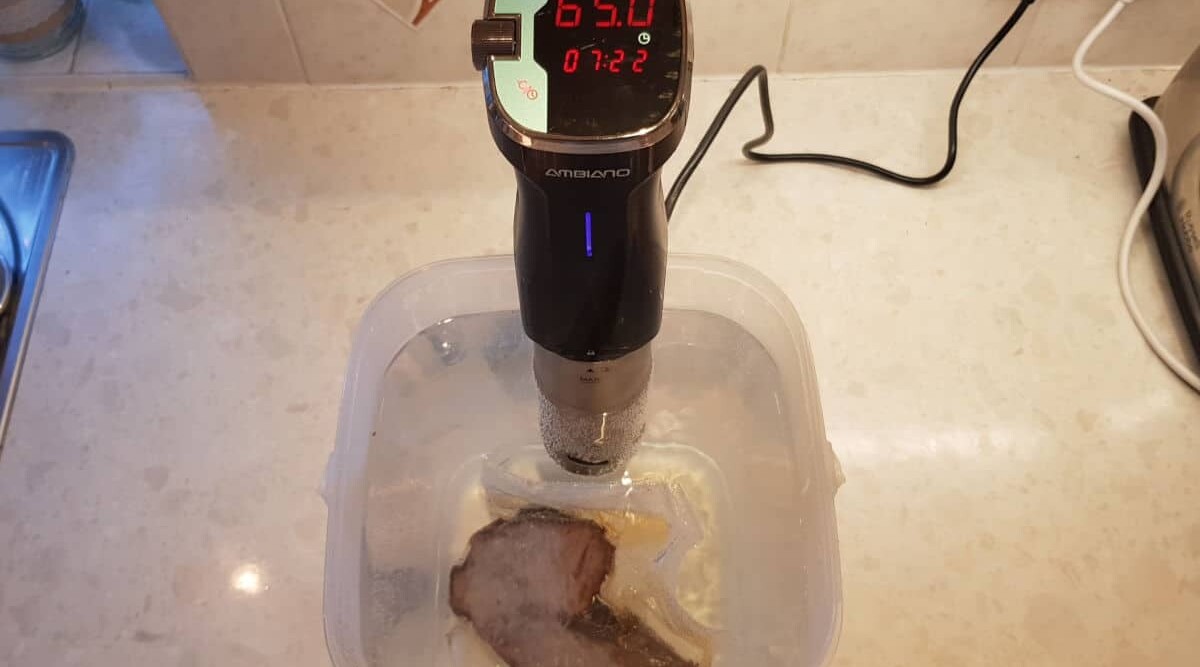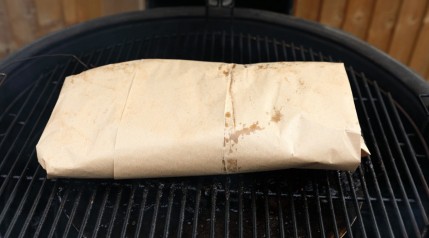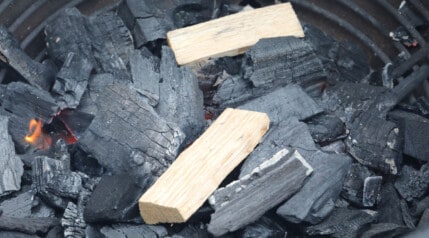
Ever wonder how you preserve brisket until you’re ready to savor the flavor again? And how to reheat brisket without drying it out and losing flavor? Then read on.
Because usually, when there’s a backyard party there’s leftover meat such as chicken, ribs, steak or brisket. It can last a good while if stored correctly, but the way you wrap, freeze and reheat them matters. If not done correctly they can be dry, tasteless and hard to chew. You will have wasted your time trying to save them.
This article focuses on storing and then reheating brisket.
Brisket comes from the breast or lower chest of a cow, a seriously hard-working muscle, so it can be tough. People spend hours and hours slow cooking to tenderize the meat in their smokers or grills.
When done right, the brisket is tender and juicy and well worth the effort, typically being snapped up by hungry mouths. But when you have leftovers, you don’t want to waste a single precious morsel because it took the best part of a whole day to cook it to perfection. You need to store it and reheat it correctly. Here’s how.
Jump to:
Best Ways to Bring Your Brisket Back to Life
Hopefully, you kept the juice from the brisket that you cooked. It makes reheating easier, and it’s also packed with flavor. Of course, you can use other liquids as well.
This Livestrong article recommends slicing the chilled brisket before reheating. It won’t take as long to heat, and it’s easier to slice. However, the other school of thought is to reheat your meat whole then slice it. It’s a matter of preference.
Reheat it in the Oven.
Start by preheating your oven to 300 °F (148 °C). Trim off any excess fat with a knife (Note: it’s best to trim brisket properly before cooking). If you want to slice it, go against the grain or just leave it whole.
Place the meat in a baking pan along with any pan juices you saved from when you originally cooked the meat.
Now, cover the pan tightly with foil and put it in the oven. Reheat for approximately 20 minutes if it’s sliced or about an hour if it’s whole. Check it with a meat thermometer, and once it reaches 160 °F or higher, it’s ready to serve.
Reserving the juices when you cook will make reheating easier, but if you didn’t save them, you could use other liquids.
One idea you can try is boiling 2 cups of apple cider or juice until reduced by half. Stir in 2 tablespoons of your favorite barbecue sauce then add it to your brisket before you reheat it. It will make a nice sauce when you’re done and keep the meat moist while it reheats.
How to Reheat Brisket Using Sous Vide Technique
The sous vide method is an excellent way to reheat brisket if you have the equipment.
If you aren’t familiar with it, sous-vide slowly brings your meat up to temperature in a preheated water bath. The meat stays tightly wrapped in a sealed plastic bag and heats until the internal temperature reaches the same temperature as the water.
It is virtually impossible to overcook or dry out the meat using this method.
Here is a handy chart showing how long to reheat different thicknesses of brisket in a sous vide bath. We are assuming a water temperature between 110 °F / 45 °C and 175 °F / 80 °C:
| Thickness | Sliced or Whole Brisket — Measure Thickest Part |
|---|---|
| 0.5 in (10 mm) | 11 min |
| 1 in (25 mm) | 40 min |
| 2 in (50 mm) | 2 hrs |
| 2.5 in (60 mm) | 2.5 hrs |
| 3 in (75 mm) | 3.75 hrs |
| 3.5 in (85 mm) | 4.75 hrs |
(Most temperatures courtesy of ChefSteps)
Here is a quick video comparing reheating in a pan to sous vide. They also show a smoked brisket reheated sous-vide style at the end.
Microwave Pros & Cons
Remember? We said we aren’t going to use the “M” word around our precious brisket. There are no “pros” only “cons” when it comes to reheating the meat in a microwave.
Microwaves heat by turning water molecules into steam. Not only will steaming your meat leave it incredibly dry, but it makes it tough too. It would be a tragic waste of good brisket to destroy it in a microwave.
So if you really want to know how to reheat one in the microwave, the answer is: You don’t!
Steps to Freezing Your Brisket
How you wrap and store it matters because it directly affects the quality of the meat and its flavor.
Rule of thumb, cooked brisket can be refrigerated up to 4 days or frozen for up to 3 months. The quality will diminish significantly after that time. (Who can wait that long?)
When storing, your two biggest enemies are oxygen and dehydration, and your best defense against them is a food vacuum sealer. A vacuum sealer will remove the oxygen from around the meat, and the thick plastic wrap will prevent evaporation, keep the moisture in AND prevent freezer burn.
How about the rest of us who don’t have a vacuum sealer at home? No problem. You should have everything you need right in your kitchen.
Start by wrapping the beef as tightly as you can by using clingfilm. Next, wrap it with aluminum foil to hold the plastic wrap in place. Then put the brisket in a sealable freezer bag because the aluminum foil will prevent freezer burn while the plastic bag will prevent odors from penetrating.
Is your beef brisket sliced or whole? Preferably you’d freeze it whole but if it’s already sliced make sure if they are in the bag and don’t forget to pour in some au jus, pan drippings and leave the jelly that stuck on the meat. They will keep the slices moist and tender when you thaw them again, and you will use the juice to reheat the meat.
Use a plastic resealable bag If you would like to add the gravy or stock. Spoon in the sauce and squeeze out the air. Some people go so far as to create a vacuum by inserting a straw into a bag, inhaling the air and quickly closing the bag.
Be sure to use a marker to write the date and contents on the bag, or you could end up with a “UFO” (Unidentified Frozen Object).
Proper Thawing Preserves Flavor and Your Health
For most of us reheating food means shoving it in the microwave for a couple of minutes and voilà!… you have a meal. However, it’s a terrible idea when it comes to reheating your brisket. You may end up with overcooked, dry, smoked shoe leather.
Some people say just to leave it on the countertop for hours or even overnight to thaw it out. That is a recipe for food poisoning so don’t use that method either.
The preferred method of thawing is to put your meat in the refrigerator. It will take a day or two, but it’s safer. However, if you are in a hurry, you can put it in a bowl under cold running water so long as the bag doesn’t leak.
Of course, you can thaw it in the microwave, but you might as well save a step and just throw it away. Let’s not use the “M” word around our delicate brisket, shall we?
Here is what the USDA has to say about thawing:
“Even though the center of the package may still be frozen as it thaws on the counter, the outer layer of the food could be in the “Danger Zone,” between 40 and 140 °F — temperatures where bacteria multiply rapidly.”
Final Thoughts…
How about trying these little techniques and let me know how it turns out?
The main thing is if you freeze, defrost and reheat your smoked brisket properly, you’ll get to enjoy its amazing flavor almost as good as it was the day you took it out of the smoker. And yes, you can store and reheat your food more than once!
Happy grilling!






0 Comments